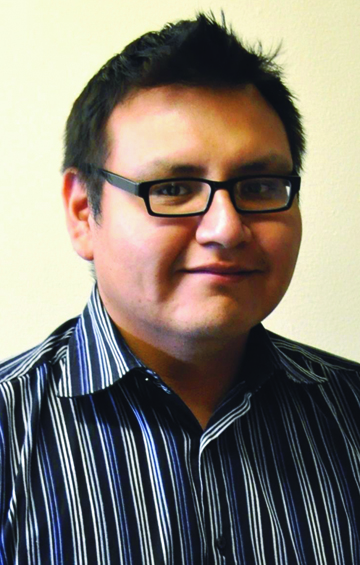 The weather, as is its nature this
The weather, as is its nature this
time of year, brings up memories of things past and the things
without which, we continue to live.
The news from Rosebud is that we’ve
lost another one of our elders. Marty Makes Room For Them was one of
the tribe’s singers and song keepers who composed the Oceti Sakowin
Olowan (Seven Council Fires Song).
In school, we learned the Lakota Flag
Song. It is still even referred to as the Lakota National Anthem. It
was a song composed to mark our guardianship of this country that
sprung up around us, when the American flag fell at the Battle of
Greasy Grass (Little Bighorn) and we assumed control of it, making it
ours. It’s still rendered at Lakota wacipi along with the Victory
Song.
What I love about the Oceti Sakowin Olowan (and from my
limited understanding of its meaning) is that it marks our return to
defining ourselves as our own nation. It calls back to us as a people
to take strength from our own reawakening, politically and
spiritually. It reminds us that we are our own nation with our own
culture, heritage, language and spirituality that – despite
colonization’s best efforts – has not died out but has grown and
evolved over the centuries of oppression; and that we as a people
will continue to do so, so long as we have breath to sing.
The last breaths my mother took were
peaceful. At first, she labored after she was taken off the
ventilator. As I began saying my goodbyes to her, I thanked her for
being the mother that she was, all the lessons that she taught me and
my family and all the knowledge she carried from her grandfathers’
and grandmothers’ generation, from her generation and to her
children’s, grandchildren’s and great-grandchildren’s generation.
The Lakota perspective on the
Iroquois concept of Seven Generations is such: three generations
before and three generations forward from us. That is how our
knowledge, our culture and our way of life continues.
We are called to remember not just
what we’ve lost, but what we’ve gained through the passing on of
wisdom and tradition. When we apply those two things to our daily
lives, we can see the line that binds us to our ancestors and ties us
to our descendants and we feel that hope and promise passing onward.
But the promise from our ancestors
doesn’t come easily to those of us living through oppression and
continued subjugation on a daily basis. The news from South Dakota is
surely troubling to anyone with a conscience.
In Sisseton, the Damakota Youth Group
is working to raise awareness of the mascot issue regarding the
Sisseton high school team with the help of the National Coalition
Against Racism in Sports and Media.
In Rapid City, work behind the scenes
is ongoing to find an equitable solution to the incident involving
Trace O’Connell and the children from American Horse School. Whether
it involves intensive, community-based conversations, civil rights
litigation or a boycott of the Lakota Nation Invitational by tribes
in the state, the progress to remind those in the powerful majority
that we are human beings is slow, but steady.
Minnesota tribes continue their fights
for equity under the law. With the recent ruling by the 8th
Circuit Court of Appeals that the federal government cannot prosecute
Ojibwe tribal citizens who fish and sell their catch off-reservation,
based on the 1855 Treaty of Washington, gains are made for Minnesota
tribes. Although the federal government cannot prosecute, it would
seem that tribes are still empowered to enforce their own laws on
such matters, again, a gain.
But we cannot become complacent, we
must continue to uplift one another as Native people, as Indigenous
people through the progress we make in our own communities. The youth
of the Twin Cities Native community began that understanding through
“The Art of Resistance” Community Art Night, hosted by NACDI,
facilitated by talented artists and organizations like the Native
Youth Alliance of Minnesota.
As Honor the Earth organizer Charlie
Thayer (Lac Courte Oreilles) put it, “There is power in activism
through art. Visual art plays an important role as it has the ability
to stimulate and encourage a unifying perspective. When channeled as
a vehicle, it carries issues of consciousness where it can be a
catalyst for meaningful change.”
When we are able to see ourselves in
the larger context, we understand the connections we have to the
future as well as the past. Visual artist Cheyenne Randall (Cheyenne
River Sioux Tribe), who is influenced by his late father, Robert
Randall put it so, “There are times when I complete a piece and
take a step back and feel a celestial collaboration with my father.”
These connections are essential to
empowering one another across identities. Because when we forget the
things that make us Indigenous people of this world, our shared
values, our shared traditions, our elders’ lessons and we embrace a
way of life that encourages us to value profit and self-interest;
that separates us from one another and from creation and we lose what
makes us a culture worth continuing.





